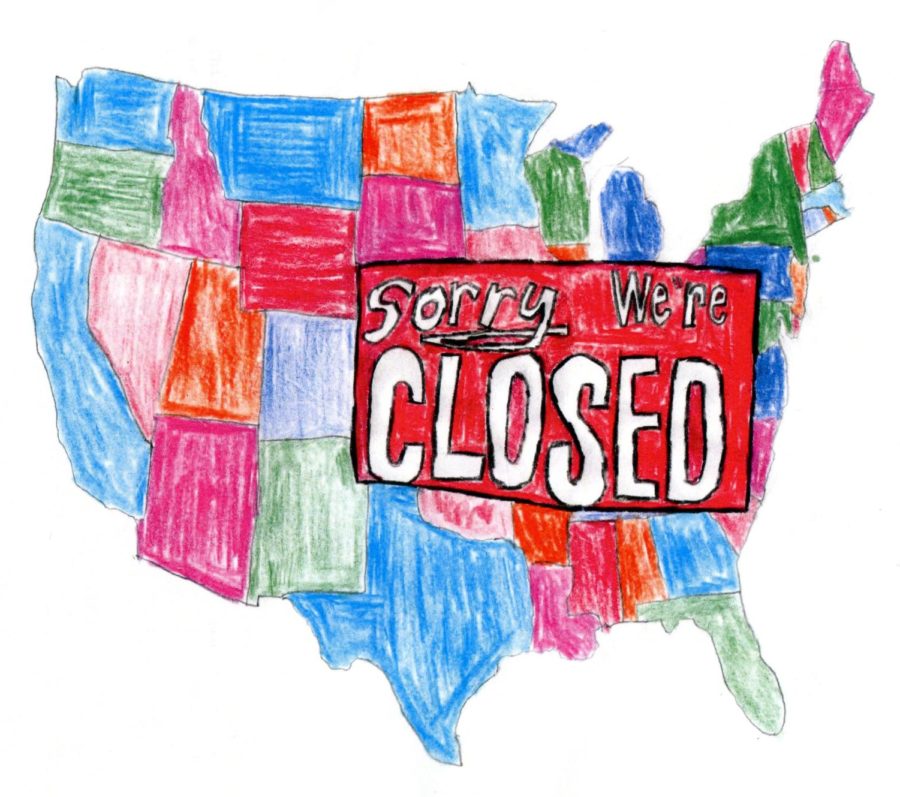Government Shutdown is Temporarily Put on Hold
February 5, 2019
The longest government shutdown ever dragged on for 35 days due to President Trump’s demand for more than $5 billion for a U.S.-Mexico border wall. Why this issue has raged on for so long and continues even as the shutdown has been temporarily lifted?: democrats say they won’t agree to any money in order to fund a wall.
This is the second major shutdown of the United States federal government under the Trump administration, and it occurred due to Congress and the president not being able to agree on an appropriations bill in order to fund the operation of the federal government for the 2019 fiscal year.
A number of agencies were shut down since December 22, meaning many federal employees were not being paid and some were not working. Even with the significant stress being placed Americans that work for the government, democrats continue to say they won’t agree to any new money for the wall.
However, on January 25, the temporary government shutdown was temporarily put on hold. After 35 days of furloughs, government agencies slowly creaked back to life. The shutdown froze court cases, cut short drug reviews and food safety inspections and sidelined major investigations.
Federal workers who went without pay during the shutdown will get paid back fully in the coming days. However, if the president and congressional leaders cannot find compromise before February 15 to reopen the government for a longer period, the employees would again be forced to work without pay or furloughed.
Amid the chaos, Trump has threatened to call a national emergency, which allows presidents to set aside many of the limits on their authority. If a national emergency was put in place, there would be essentially no obstacles to prohibit Trump from attaining the funds required for the wall.
A national emergency is a national crisis where the country is threatened, and an immediate response must be called for. The nature of what is deemed an emergency however is up to discussion and requires that the president to use existing law to justify a declaration.
According to a Congressional Research Service report, “Under the powers delegated by such statutes, the President may seize property, organize and control the means of production, seize commodities, assign military forces abroad, institute martial law, seize and control all transportation and communication, regulate the operation of private enterprise, restrict travel, and, in a variety of ways, control the lives of United States citizens.”


